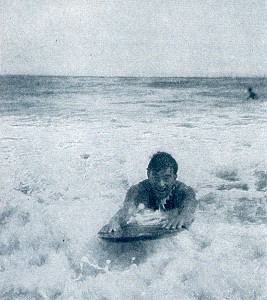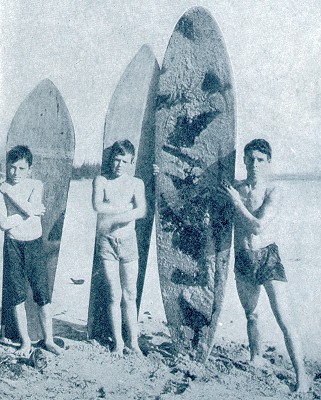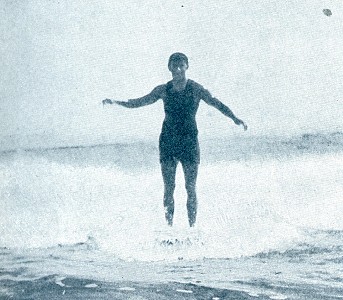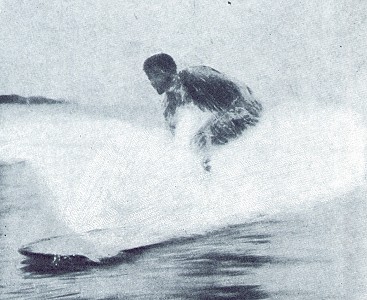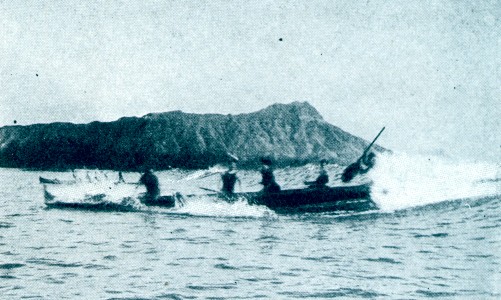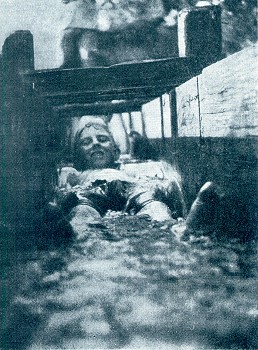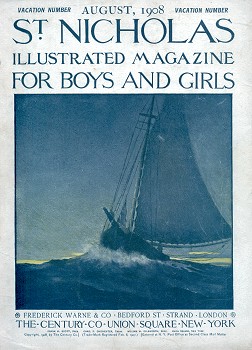 |
surfresearch.com.au
Ford : A Boy's Pacific Paradise , 1908 |
Alexander Hume Ford : A Boy's Paradise in the Pacific, 1908.
Ford, Alexander Hume: A Boy's Paradise in the Pacific.
St. Nicholas
Ilustrated Magazine for Boys and Girls.
The Century Co., Union Square, NewYork.
Volume XXXV - III, Vaction Number, August 1908, pages 876 to 881.
